Exploring The Legacy Of The Hobbit: The Battle Of The Five Armies
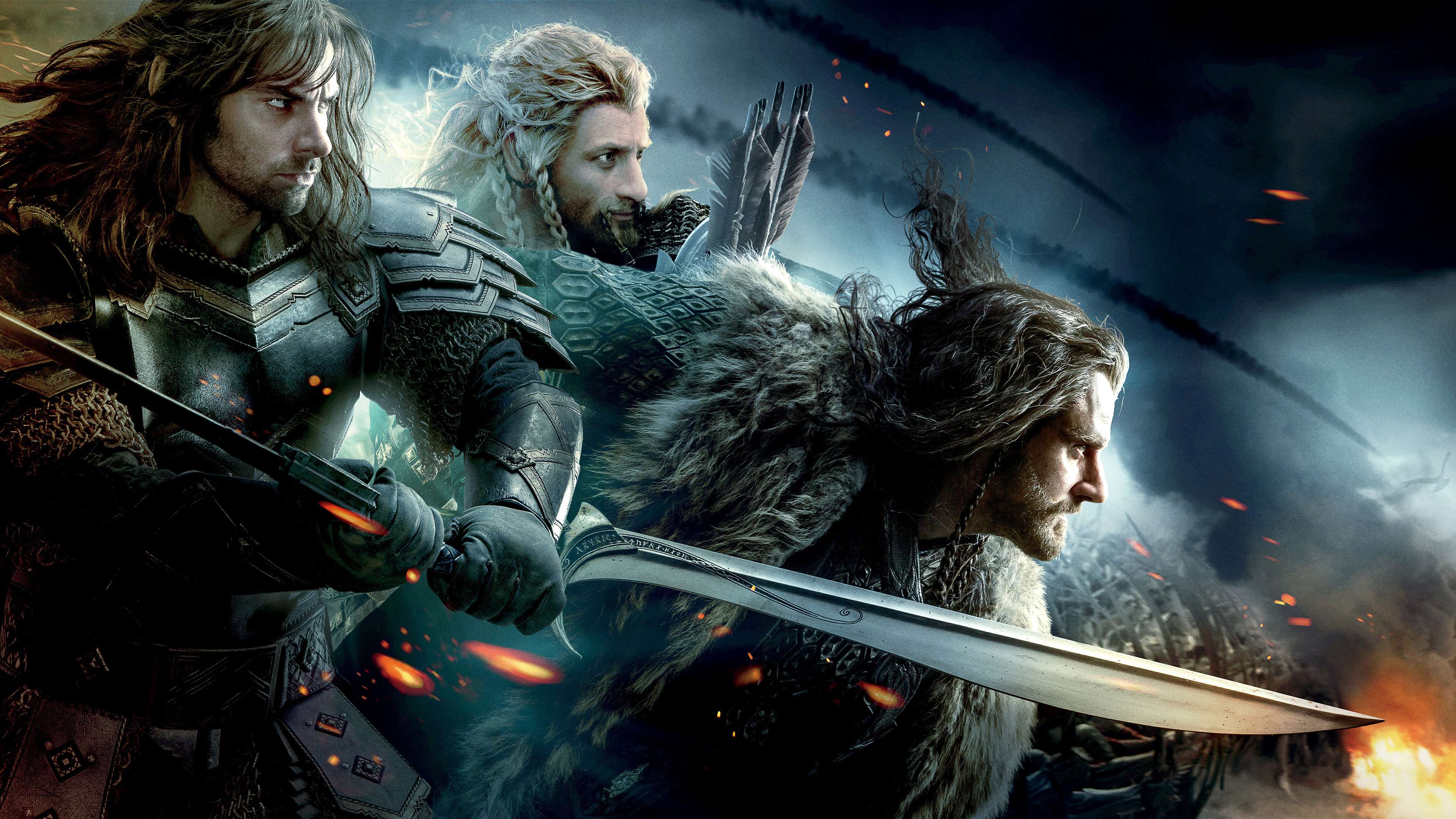
Table of Contents
The Hobbit: The Battle of the Five Armies, the climactic chapter in Peter Jackson's Hobbit trilogy, concluded a significant journey into Middle-earth. While its release sparked considerable debate, its lasting impact on the fantasy film genre and the broader Middle-earth cinematic universe demands exploration. This article delves into the film's enduring legacy, examining its critical reception, box office performance, and its contribution to the overall narrative tapestry of Tolkien's world.
Critical Reception and Popular Opinion of The Hobbit: The Battle of the Five Armies
Mixed Reviews and Common Criticisms:
The Hobbit: The Battle of Five Armies received a mixed reception, a far cry from the near-universal acclaim of Peter Jackson's Lord of the Rings trilogy. Common criticisms included:
- Over-reliance on CGI: Many critics felt the film relied too heavily on computer-generated imagery, sacrificing a sense of realism and intimacy for spectacle. The sheer scale of the battle scenes, while impressive, sometimes felt overwhelming and lacked the grounded feel of the Lord of the Rings battles.
- Pacing Issues: The narrative felt rushed in places, particularly in the development of certain plot points and character arcs. The attempt to cram so much into a single film led to a somewhat uneven pacing, leaving some viewers feeling unsatisfied.
- Deviations from the Source Material: While adapting Tolkien's work inherently requires creative choices, some felt the film strayed too far from the source material, altering key elements and omitting crucial details from The Hobbit.
- Character Development Inconsistencies: Several characters felt underdeveloped, particularly those beyond the central fellowship. Their motivations and actions sometimes lacked clarity, leaving viewers less invested in their journeys.
- Comparison to the Lord of the Rings Trilogy: Inevitably, comparisons to the Lord of the Rings trilogy were unavoidable. Many critics felt that The Hobbit: The Battle of Five Armies failed to reach the same heights of storytelling, character development, and thematic depth as its predecessor.
Positive Aspects and Lasting Appeal:
Despite the criticisms, The Hobbit: The Battle of Five Armies also garnered praise for several aspects:
- Spectacular Battle Sequences: The film’s culminating battle sequence was widely lauded for its visual spectacle and impressive scale. The sheer artistry of the choreography and the breathtaking visual effects left a lasting impression on many viewers.
- Memorable Musical Score: Howard Shore's score, a continuation of his work on the Lord of the Rings trilogy, was another highlight, effectively evoking the emotional weight of the story and enhancing the epic scale of the events.
- Strong Performances from Key Actors: Richard Armitage's portrayal of Thorin Oakenshield was widely praised, capturing the character's internal struggles and ultimate sacrifice with nuance and power. Other actors also delivered strong performances, contributing to the overall emotional impact of the film.
- Emotional Resonance of Certain Scenes: Despite its flaws, the film succeeded in delivering several emotionally resonant moments, particularly those focused on Thorin's character arc and his relationships with Bilbo and his company. These moments resonated with audiences despite the film's other shortcomings.
- Visual Artistry of Middle-earth: The film's visual representation of Middle-earth, continuing the stunning aesthetic of the Lord of the Rings trilogy, remains a highlight. The landscapes, creatures, and environments were beautifully rendered, immersing viewers in the world of Tolkien.
Box Office Success and Financial Impact of The Hobbit: The Battle of the Five Armies
Global Box Office Performance and its Significance:
The Hobbit: The Battle of Five Armies was a significant box office success. Globally, it raked in over $956 million, making it one of the highest-grossing films of 2014. While not as successful as some of the Lord of the Rings films, its performance still solidified the Hobbit trilogy as a profitable cinematic endeavor. The film’s success surpassed that of The Desolation of Smaug, demonstrating a sustained interest in the story despite mixed reviews.
Impact on Future Film Production and Franchises:
The financial success of The Hobbit: The Battle of Five Armies, along with the entire trilogy, impacted future fantasy film productions in several ways. The film's box office numbers demonstrated that audiences were still eager for well-produced, high-fantasy adaptations, even those facing criticism. The experience also provided valuable lessons on the challenges of adapting established literary works, particularly concerning pacing, character development, and balancing spectacle with narrative coherence. The film’s success also laid a foundation for exploring further adaptations and expansions within the Middle-earth cinematic universe, although those are yet to be seen.
The Film's Contribution to the Broader Middle-earth Narrative
Expanding on Tolkien's Lore:
The Hobbit: The Battle of Five Armies expanded on Tolkien's existing lore in several ways. The film provided visual representations of locations and events only briefly described in The Hobbit, enriching viewers' understanding of Middle-earth's geography and history. The film offered deeper insight into the lineages and histories of characters like Thorin Oakenshield, adding context and emotional depth to his actions.
Legacy within the Middle-earth Cinematic Universe:
The Battle of Five Armies served as the concluding chapter of the Hobbit trilogy, bringing an end to Bilbo Baggins' adventure and tying up several narrative threads. While a sequel to the Lord of the Rings trilogy, it provided a bridge between the two, enriching the overall cinematic narrative of Middle-earth. The film’s conclusion left open the possibility for future stories or revisitations of Middle-earth, although these are currently hypothetical.
Conclusion:
The Hobbit: The Battle of the Five Armies, despite mixed critical reception, holds a significant place in fantasy film history. Its box office success, memorable battle sequences, and contribution to the broader Middle-earth narrative ensure its enduring legacy. The film's impact, both financially and artistically, is undeniable, shaping the landscape of fantasy filmmaking and leaving a lasting mark on audiences worldwide.
Call to Action: Have you revisited The Hobbit: The Battle of the Five Armies recently? Share your thoughts on its legacy and lasting impact in the comments below! Let's continue exploring the enduring power of The Hobbit: The Battle of Five Armies and its place in the cinematic landscape.

Featured Posts
-
 Live With Kelly And Mark Consuelos Reaction To Ripas Absence
May 13, 2025
Live With Kelly And Mark Consuelos Reaction To Ripas Absence
May 13, 2025 -
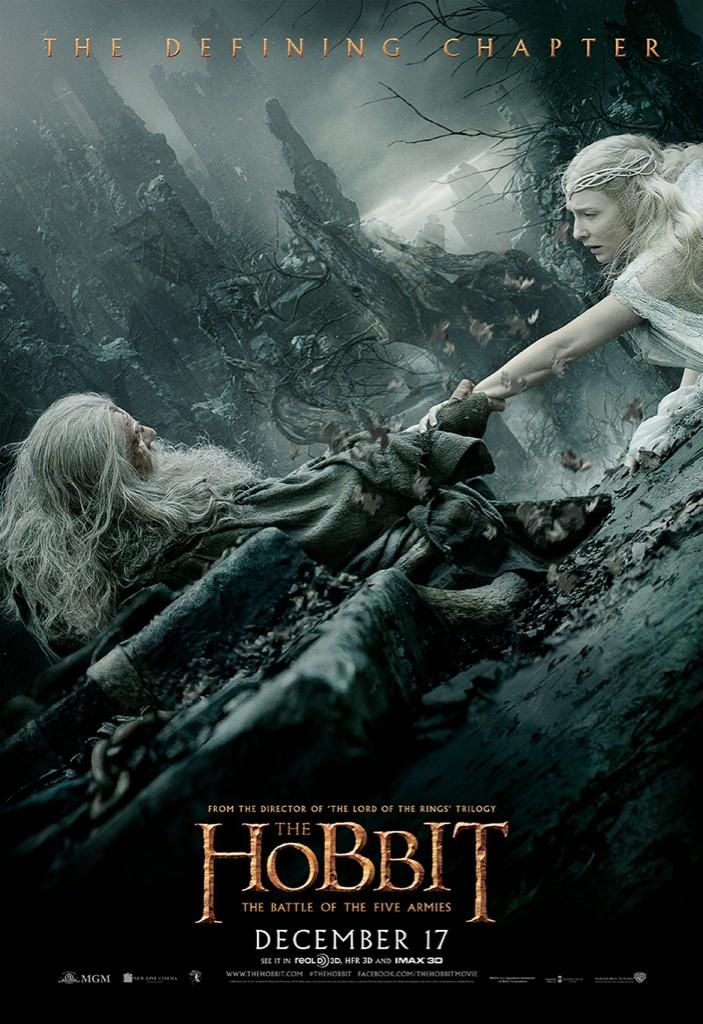 Reviewing The Climax The Hobbit The Battle Of The Five Armies
May 13, 2025
Reviewing The Climax The Hobbit The Battle Of The Five Armies
May 13, 2025 -
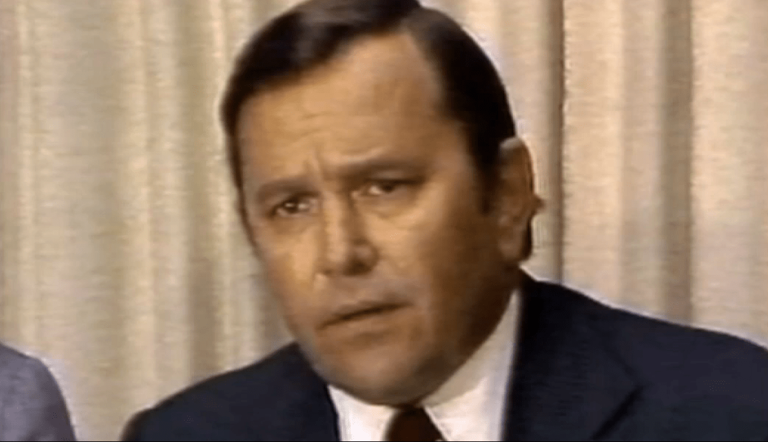 Longtime Portola Valley Public Servant Sue Crane Dies At 92
May 13, 2025
Longtime Portola Valley Public Servant Sue Crane Dies At 92
May 13, 2025 -
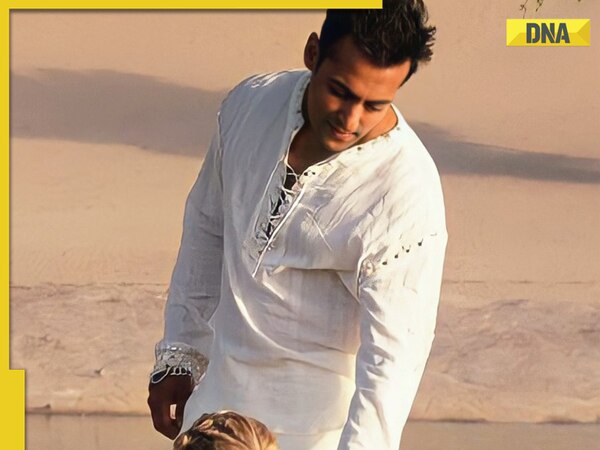 Salman Khans Biggest Flop Movies Actresses Quit Bollywood After These Disasters
May 13, 2025
Salman Khans Biggest Flop Movies Actresses Quit Bollywood After These Disasters
May 13, 2025 -
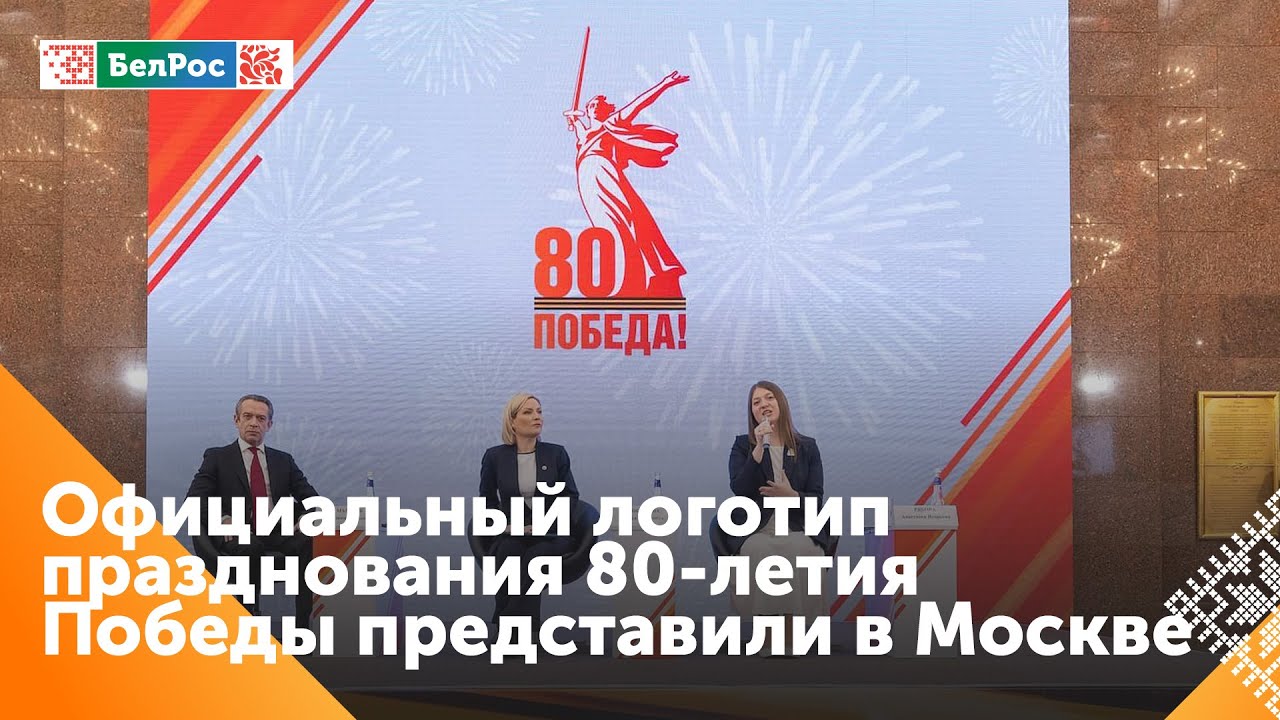 Finansovaya Pomosch Veteranam V Eao V Chest 80 Letiya Pobedy
May 13, 2025
Finansovaya Pomosch Veteranam V Eao V Chest 80 Letiya Pobedy
May 13, 2025
